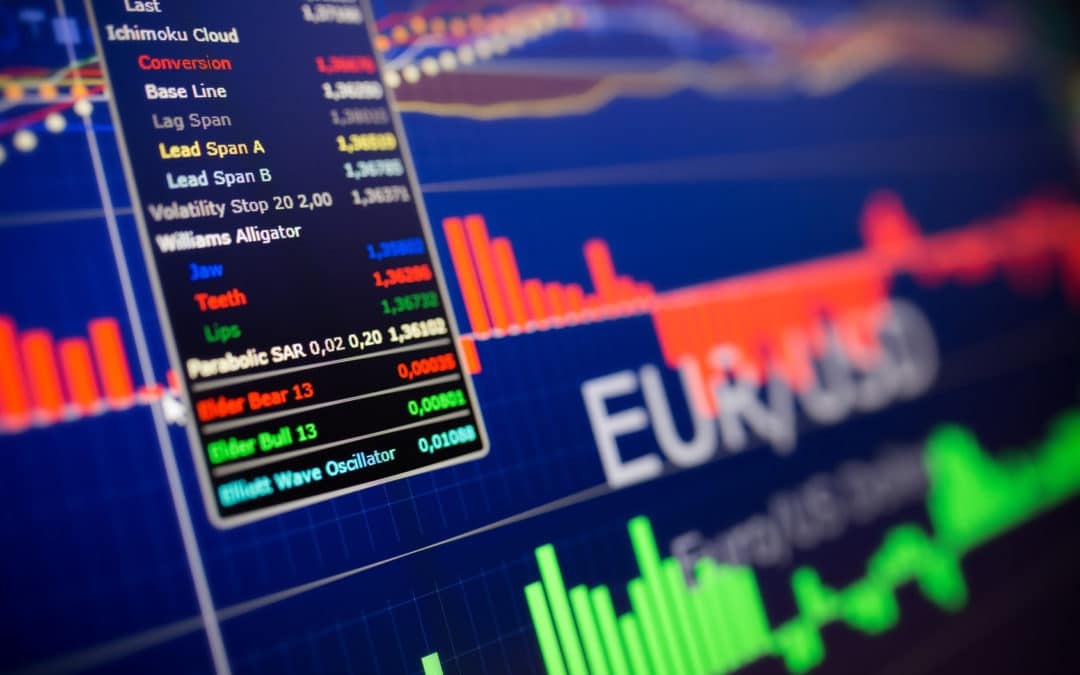Commodity funds are popular for investors because of the advantages they get in investing in such funds. However, before you start investing your own money into these funds, you should first read the following to learn more about them.
Commodity Fund Types
There are several distinct types of commodity funds.
- (True) Commodity Funds
These funds are called true commodity funds since they have direct holdings in commodities. For instance, a true gold commodity fund would be a fund that holds gold bullion.
- Commodity Funds holding Futures
When investing in the commodity market, you will find that holding commodity-connected derivative instruments is a much more common mutual fund strategy. Most investors do not really want to own real cattle, oil, or other commodities. Their primary goal is to rake in profits from price changes. Buying futures contracts is one way to achieve this goal.
- Natural Resources Funds
There are also funds that invest in companies engaged in businesses that operate in commodity-related areas, like energy, oil drilling, mining, and agricultural businesses. These funds are usually referred to as natural resource funds. Although they usually don’t actually hold commodities or commodity futures, they can still give you exposure to commodities markets by proxy.
- Combination Funds
Then there are funds that invest in a combination of actual commodities and commodity futures. Gold funds, for instance, may have underlying holdings that include both bullion and futures contracts.
Investment Strategies
Apart from having a variety of categories, commodity funds also offer a variety of investment strategies, which include active management and passive management.
An active portfolio’s primary goal is to outperform the benchmark index by actively buying and selling. Meanwhile, passive portfolios try to replicate a benchmark index and match its performance. Passive strategies can be implemented using index funds or exchange traded funds.
Benefits
Commodities provide great diversification. Additionally, when you invest in futures contracts or actual commodities, you are also getting a portfolio component that is not a traditional stock, bond, or mutual fund that invests in stocks and/or bonds.
Commodities have historically low correlations to traditional equity markets. That means they don’t always fluctuate along with the market movements. For many investors, hitting this low correlation is the primary goal of trying to diversify a portfolio.
Commodities can also provide upside potential, with the raw materials being used in agriculture, construction, and many other industries being subject to the laws of supply and demand. When the demand increases, prices usually follow suit, giving you a chance to profit. Lastly, commodities provide a hedge against inflation.
Risks
The commodity market is also known to experience volatility, especially when they’re subject to wild price swings in the short term and long-term lulls. In just a few days, prices can soar high to reach new highs and then plummet deep to reach a new low.
You should also pay much attention to the composition of various mutual funds as well as the benchmark indexes that they follow. In most commodity indexes, energy is usually a heavyweight, taking up more than half of the index.
When a mutual fund tries to directly imitate an index, more than half of the fund’s assets will be poured in energy. Some funds place limits on the percentages of the portfolio dedicated in a single commodity to prevent an over-investment on the asset.
Check out Wibest Top Forex Brokers List on Wibest Brokers Forex news.













Comments